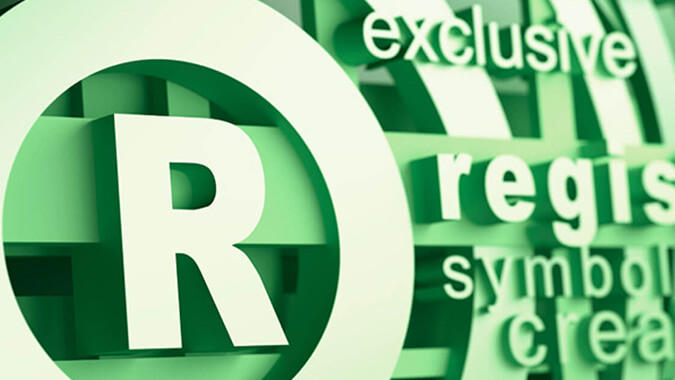
The Impact of Lease Accounting on Transportation and Logistics and How to Remain Compliant
- Published
- Mar 15, 2022
- Share
In February 2016, the Financial Accounting Standards Board (FASB) issued its new lease accounting guidance in the Accounting Standards Update (ASU) 2016-02 Leases (Topic 842). After many delays, this new leasing standard became effective for private companies with annual reporting periods beginning on or after December 15, 2021.
Under these new rules, both finance leases and operating leases must be capitalized on the balance sheet as a right of use asset (ROU) with the corresponding liability. The company can elect to exempt leases that are 12 months or less from applying the new lease accounting rules and continue recording them as a rent expense. The addition of significant liabilities to the balance sheet may impact debt covenants.
Impacts on the Transportation and Logistics Industry
With the new lease standard now in effect, accounting for leases has become a tedious task for many companies, especially for those in transportation and logistics due to the volume and diversity of leased transportation and other equipment that are at the heart of the business.
Transportation equipment such as tractors, trailers, aircrafts, and sea vessels under noncancelable operating leases that were previously recorded as a rent expense on the statement of operations, have now been added to the balances sheet. For many transportation and logistics companies, this means millions of dollars in leases being moved onto their balance sheets.
Questions to Consider
In applying the guidance, some factors transportation and logistics companies need to consider are:
- Is the agreement a lease?
- Is the entire agreement a lease or is there a non-lease component within the agreement?
- Are you the lessor, the lessee, or both?
Is the agreement a lease?
Under the Accounting Standards Codification (ASC) 842, an agreement contains a lease if the contract conveys the right to control the use of an identified asset for a period of time in exchange for consideration.
Transportation agreements may indicate a specific piece of equipment will be used to move freight from point A to point B. However, does the contract clearly indicate who controls the equipment? If the company using the equipment can dictate how the equipment will be used, what freight will be transported, and when it will be transported, this would constitute a lease. If the agreement is only for the transportation of specific freight at a specific point in time and the company providing the equipment dictates how the equipment is used, this would not constitute a lease.
Is the entire agreement a lease or is there a non-lease component within the agreement?
A transportation agreement could provide only the equipment, such as a tractor and a trailer, or it could provide the tractor and trailer plus the related maintenance and insurance. The maintenance and insurance can be considered a non-lease component and could be expensed as maintenance and insurance while the stand-alone equipment would be considered a lease. Companies have the option to apply a practical expedient which allows the company to not separate the non-lease component and treat the entire agreement as one lease. Careful consideration should be taken when applying the practical expedient since it may significantly increase lease liabilities.
Are you the lessor, the lessee, or both?
Transportation and logistics companies may find themselves in situations where they are both the lessee and the lessor. In this case, the application of the standards is different as the lessee and the lessor and careful examination of contracts is necessary to ensure the correct accounting.
Strategies to Stay Compliant
With the volume of agreements that transportation and logistics companies have, tracking and analyzing the agreements can be tedious. Companies should have accounting policies and practices in place that address the new standard to help streamline the accounting for leases.
In addition, investing in lease accounting software to account for and keep track of leases can create an efficient lease management system. If not done so already, the company should inventory all of its leases, analyze the agreements and calculate the right to use assets and related lease liabilities, and review debt agreements and covenants with lenders.
What's on Your Mind?
Start a conversation with Yesenia
Receive the latest business insights, analysis, and perspectives from EisnerAmper professionals.












